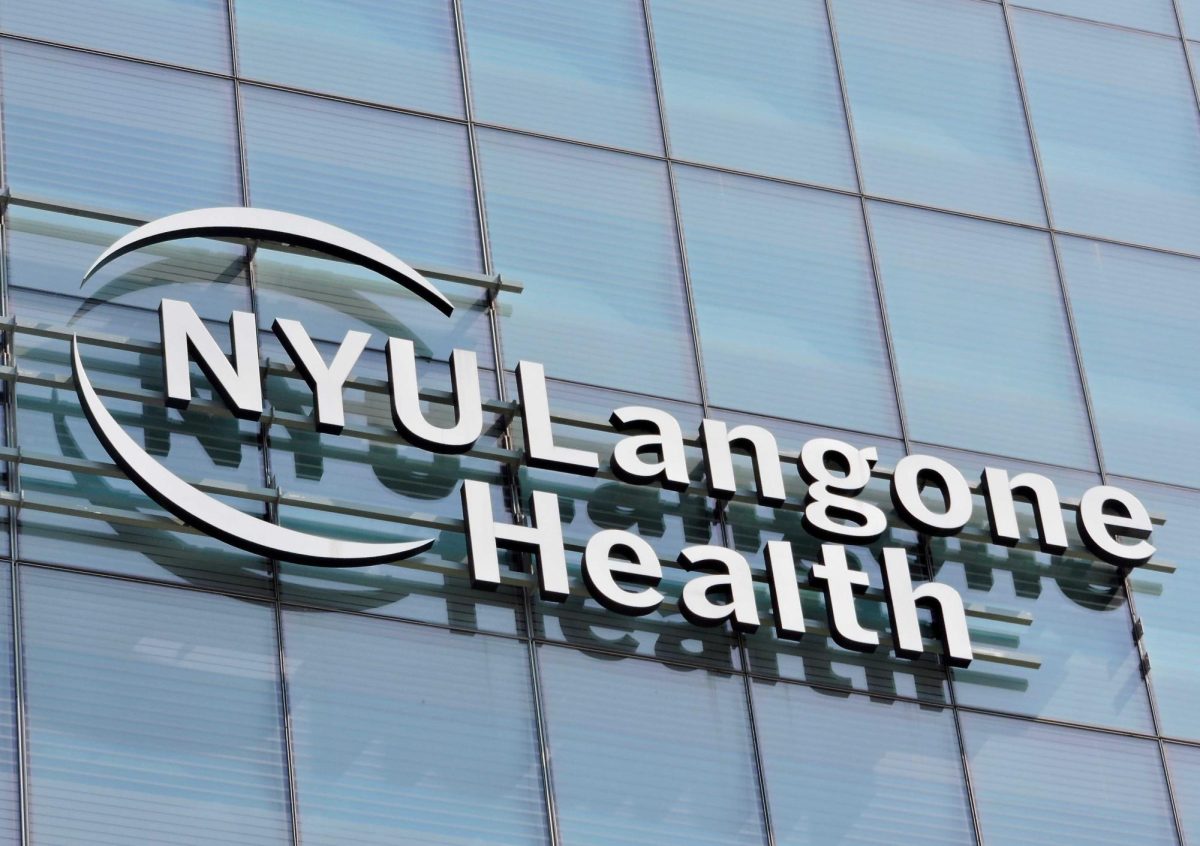A team of around 10 surgeons at NYU Langone Health performed the world’s first fully robotic double lung transplant last month. The operation builds on the medical center’s track record of spearheading robotic thoracic surgery procedures.
During the procedure, surgeons made incisions between the ribs and used the robot to remove the lung, prepare the surgical site and implant the transplant. Stephanie Chang, the surgical director of the operation and a professor at the Department of Cardiothoracic Surgery, said the incisions, which were smaller than usual because of the robot’s precision, made the procedure less painful and eased the recovery process.
“There’s just less trauma to the body,” Chang said in an interview with WSN. “Patients, in general, can leave the hospital significantly faster.”
Chang said in total, the surgery took a little less than seven hours — while this is comparable to the standard double lung procedure, she said she aims to cut it down as the technology is refined. She added that during this operation, surgeons repositioned the body several times as a cautionary measure — a step they will eliminate in future operations, further expediting the surgery process.
Eugene Grossi, professor of cardiothoracic surgery who assisted Chang in the procedure, said he helped his colleagues by leveraging the technology behind a television screen and feeding instruments to the robot during the procedure. He said the surgeon is allotted “very fine control of the instruments” to perform precise procedures with the technology system.
“Doing it with the robot with little punch holes, people are going home on postoperative day one or two rather than on day five or seven,” Grossi said in an interview with WSN. “This is the beginning of it — so it shows that it’s capable, and we hope it will facilitate patient recovery.
Grossi said that while the procedure was successful, the team plans to try different techniques and establish the best approach to the surgery. He said he hopes the team reaches a point where they no longer rely on a person guiding the robotics and can perform the surgery without any technological concerns.
Chang and the team of surgeons began discussing the double lung transplant in April, and the team performed their first single lung robotic transplant in September. NYU Langone performs more than 2,000 robotic-assisted surgeries each year and has been at the forefront of the first robotic-assisted cardiac bypass, partial kidney removal and several other procedures. Chang said that the field’s largest hurdle was accessibility and making equipment available across hospitals.
“Things are always getting better,” Grossi said. “Patients give us specific permission to do this with the hope of helping them recover, and we’re very optimistic this is going to help them recover in a much more expeditious fashion.”
Contact Liyana Illyas at [email protected].
























































































































































